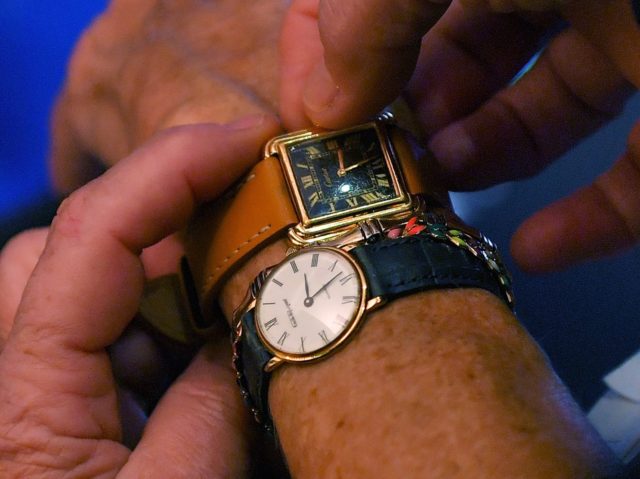As of last week, both houses of the California legislature have now passed a bill that would allow voters to end Daylight Savings Time by referendum this November.
The bill, AB-807, will now head to Gov. Jerry Brown’s desk for signature.
Gov. Brown has until June 28 to sign the legislatively referred initiative that passed both the California Senate and Assembly by large bipartisan majorities and would give voters the choice to continue or dump Daylight Savings Time (DST), which has been a fixture of California life since the passage of Proposition 12 in 1949.
The referendum, to be called the California Daylight Saving Time Measure, would end the state’s practice each year of advancing time by one hour during for daylight saving time period commencing at 2 a.m. on the second Sunday of March of each year, and ending at 2 a.m. on the first Sunday of November of each year.
Many health and safety experts have a negative opinion of Daylight Savings Time. According to the “Fatal Accident Reporting System,” there is a 17 percent increase in traffic fatalities on the Monday after the shift, and fatal motor vehicle accidents remained elevated for the first six days after the clocks spring ahead. Medical studies indicate that DST’s time change may also increase the risk of stroke due to sleep disturbances.
Members of the California legislature tried to put a similar measure on the ballot in 2016, but there was opposition from business interests that were concerned about the competitiveness of putting California four hours behind the East Coast. Some residents also like the extra hour of summer daylight.
The first national “Act to preserve daylight and provide standard time for the United States” was first signed by President Woodrow Wilson in 1918 as strategy to maximize productive sunlight working hours during World War I. But with the end of the war, Congress override Wilson’s veto to kill the wildly unpopular federal action.
President Franklin Delano Roosevelt instituted a year-round Daylight Savings “War Time” from 1942 to 1945, but Congress dumped the unpopular law at the end of World War II.
Richard Nixon successfully campaigned against the power and intrusiveness of FDR’s big government in his 1968 run for the presidency. But crude oil prices quadrupled due to the Arab Oil Embargo, rising from $2.90 a barrel in July 1973 to $11.65 a barrel in February 1974. With long lines at gas pumps, Nixon and the Democrat-controlled Congress passed the “Emergency Daylight Saving Time Energy Conservation Act” on December 15, 1973. The President promised year-round DST would produce substantial “energy saving in electrical power consumption and the unnecessary use of electric lights.”
The most important analysis of the effectiveness of DST regarding energy use is a 2008 National Bureau of Economic Research study that found that “contrary to the policy’s intent — DST increases residential electricity demand” by about 1 percent. Although DST reduced demand for lighting, demand for heating and cooling dramatically increased.
If placed on the ballot and passed by voters, California would join Arizona, Hawaii, American Samoa, Puerto Rico, and the Virgin Islands as the only U.S. locations that do not observe Daylight Savings Time.

COMMENTS
Please let us know if you're having issues with commenting.